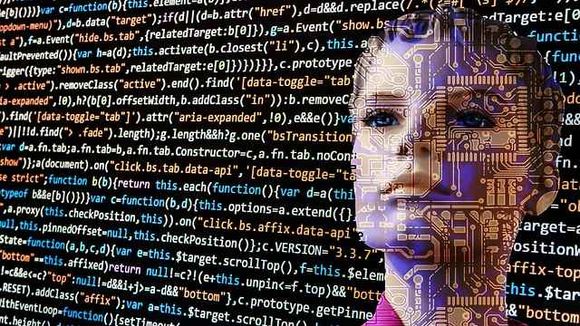General information about mammograms and the role of AI
Mammograms obtained through population breast cancer screening programmes create a significant workload for radiologists. Artificial intelligence has been proposed by specialists as an automated second reader for mammograms that can help reduce this workload. The technology has shown promising results for cancer detection, but the evidence related to its use in real screening settings is still limited. [ref. 1]
What is the potential of this new field of application of artificial intelligence? This question is answered to some extent by the largest study of its kind so far.
The study of the BreastScreen Norway team
A major new study in radiology shows that artificial intelligence is a tool with great potential for detecting breast cancer in screening mammography programs. [ref. 2]
In the new study - the largest of its kind to date - Norwegian researchers, led by Dr. Solveig Hofvind, of the Breast Cancer Screening Section, Cancer Registry of Norway in Oslo, compared the effectiveness of a commercially available AI system with routine independent double counting, as performed in a population screening program. The study was based on almost 123,000 examinations performed on more than 47,000 women in four medical institutions in BreastScreen Norway, the national population screening program.
The dataset includes 752 cancers detected at screening and 205 cancers at intervals or cancers detected between screening rounds. The AI-based system predicts cancer risk on a scale of 1 to 10, with 1 representing the lowest risk and 10 the highest risk. A total of 87.6% (653 of 752) of those detected on the screen and 44.9% (92 of 205) of interval cancers had the highest AI score of 10.
The researchers created three thresholds to assess the effectiveness of the AI system as a decision-making tool. Using a threshold that reflects the average individual percentage of positive interpretation of the radiologist, the proportion of cancers detected on the screen that are not selected by the AI system is less than 20%. Although artificial intelligence performs well, more research is needed with other parameters.
The greatest potential may be in the reduced volume of reading.

"In our study, we hypothesized that all the cancer cases selected by the AI system were detected," says Dr. Hofvind. "This may not be true in a real screening environment. Given this assumption, AI is likely to be of great help in interpreting screening mammograms in the future."
The results showed favorable histopathological features associated with a better prognosis for screendetected cancers with low vs. high AI scores. Opposite results were observed in interval cancers. This may mean that interval cancers with low AI scores are true interval cancers that are not visible on screening mammograms.
The high rate of true negative reviews classified with a low AI score has the potential to significantly reduce the volume of reading, while allowing only a small fraction of cancers to remain undetected. Using artificial intelligence as one of two double-readers, a radiologist can identify these cancers, the researchers said.







